Opened in 1952, Nanachome Kyoboshi is a tempura restaurant. They serve tempura with homemade salt and lemon, not with “tentsuyu”, a dipping sauce for tempura. Kyoboshi founded this style of tempura and have built their reputation on it. The head chef's father opened the original restaurant “Kyoboshi” in Kyoto and then they moved to Ginza in 1952. They have maintained their style of cooking after moving from Kyoto, then again relocating to another part of Ginza. Although they are located in Roku Chome (district six), the name is now Nana-chome (“Nana” meaning seven in Japanese), because they used to be located in district 7. A former head chef, and older brother of the current head chef, cooks for “Yoshimatsu” also in Ginza (district 8).
As so often in Japan, the premises are unassuming, on the 6th floor of an office building with a distinctly unprepossessing entrance. As often in Tokyo, the taxi driver was bewildered as to where the place might be, despite this being the Ginza rather than some suburb, but a friendly lady at a nearby store kindly helped us out and phoned the restaurant for precise directions. Just ten seats are arrayed around a wooden counter where the chef works. As an appetizer there was a little dish of raw shrimps with wasabi and a thin seaweed garnish. The prawns turned out to be high grade wild tiger shrimps, and were excellent, laced with a generous kick of wasabi (18/20). A raw mussel with spring greens and lemon sauce was also excellent (16/20).
The first fried dish was, I thought, quite witty: a variant on a toasted prawn sandwich. This was high quality prawn inside some regular white bread, deep fried: very satisfying (16/20). The same prawns got more serious treatment moments later with a prawn in tempura batter. I will just say a few words about the batter and will then focus on the ingredients. The batter appeared very simple but was quite different to what we are used to in the UK (and at lesser tempura restaurants in Japan). It was applied very lightly, so that the focus when you bite into the tempura is very much on the ingredient inside the batter layer; the batter is remarkably light, but it is the supporting player relative to what it encases. Of all the tempura restaurants that I have tried, this had the lightest batter. There were no dipping sauces here, just a little dish of lemon juice and some salt. The chef advises for each dish as to which is best suited to which condiment.
So to the sequence of dishes. Prawn tempura featured very high quality prawns (18/20) and indeed the prawn tempura reappeared a couple of times later during the meal. Lotus root was remarkably tender; I had eaten a lot of lotus root in the previous fortnight around Japan in high-end restaurants, and this was the best of the lot, meltingly tender and with just a hint of sweetness (19/20). Kisu (Japanese whiting) was next, and had excellent flavour (18/20). The cuttlefish that followed was really remarkable, having stunning texture and flavour; the best cuttlefish I have eaten (19/20).
After another excellent prawn, a couple of vegetable tempuras appeared to break up the sequence. Both beans and asparagus were very good, the green asparagus particularly tender (17/20). This was followed by ginpo (ice fish), which I had not tried before but had good flavour. Next was a tempura quail egg with a liquid centre (impressive) and a large stem of excellent asparagus (17/20). After our old friend the tempura prawn had visited once more, another highlight of the meal appeared. I enjoy mussels but I find them are rarely more than pleasant. The mussel tempura here had mussels of a quality that were so far beyond ones I had eaten before that it was remarkable: beautiful flavour and texture (19/20). A baby bamboo shoot that followed was of the same remarkably high standard as its cousin earlier, again of a quality that surpassed the kaiseki restaurants I had eaten bamboo shoots at on this trip.
Even the most mundane ingredients took on a special quality here. Tempura onion was superb, remarkably sweet, followed by another excellent tempura prawn. This was followed by tempura of Shimame beef from the Oki islands, tender and full-flavoured (18/20). This was seemingly the last of the tempura dishes, the sequence end being marked by the serving of konnyaku (a vegetable also known as elephant yam) that is regarded as a digestive aid. Just at this point a surprise tempura of mixed shrimps appeared, to end the savory dishes on a high. Dessert was simple, strawberry and mango. This being Japan though, the fruit was of a high standard, a lovely white strawberry from Shizuoka prefecture having deep strawberry flavour that English strawberries simply do not have, and a perfectly ripe mango.
The chef cooked every dish himself, and was very polite, speaking a little English (we dined with a fluent Japanese speaker as it happened, so were able to interact a little with him). The bill, incidentally, is something that you need to prepare yourself for here. In some grand French restaurants a large bill arrives in a fine leather folder, perhaps to soften you up for the scale of the surprise inside. Here it is just a single small slip of paper with a number written down on it, but it is a big number. The bill was ¥41,860 per person (£323 a head); admittedly we ordered some sake and plenty of beer, but the food element alone was ¥31,000. It was, by any standards, a lot of money. Be aware that there was a 6% surcharge for credit cards, so cash is best.
I was fairly sceptical when I went into this restaurant. I had read about its sky-high prices, and having eaten two Michelin star tempura before I wondered whether it was really likely to be any better. After all, it is just deep-frying some food, right? Wrong. Quite apart from the ethereally light batter used and the skillful cooking, what stood out was the dazzling ingredient quality, which compared favourably to many of the grand kaiseki restaurants that I have eaten at. This was transcendent tempura, the very finest that I have ever tasted, and despite the bill I left very happy.
Further reviews: 27th Apr 2016






























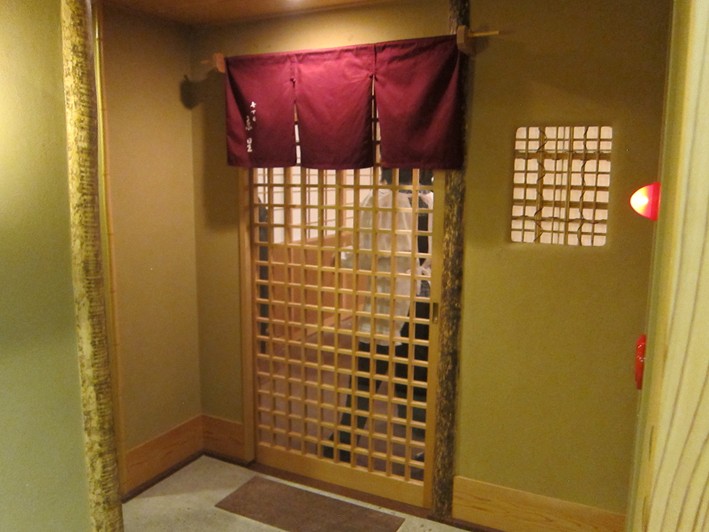
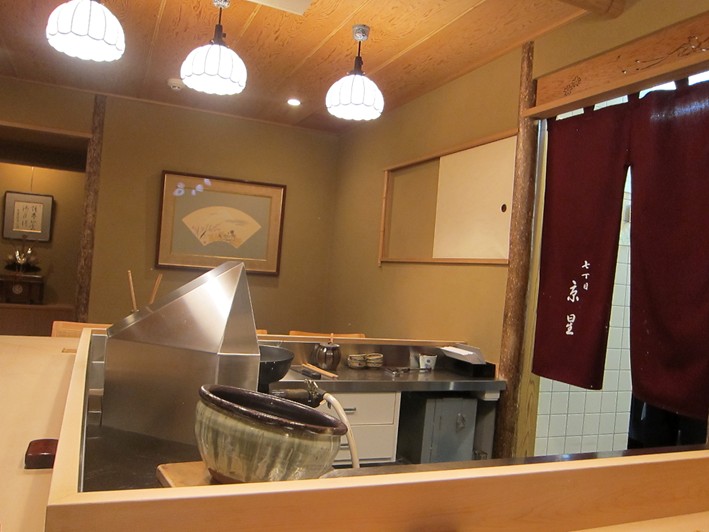
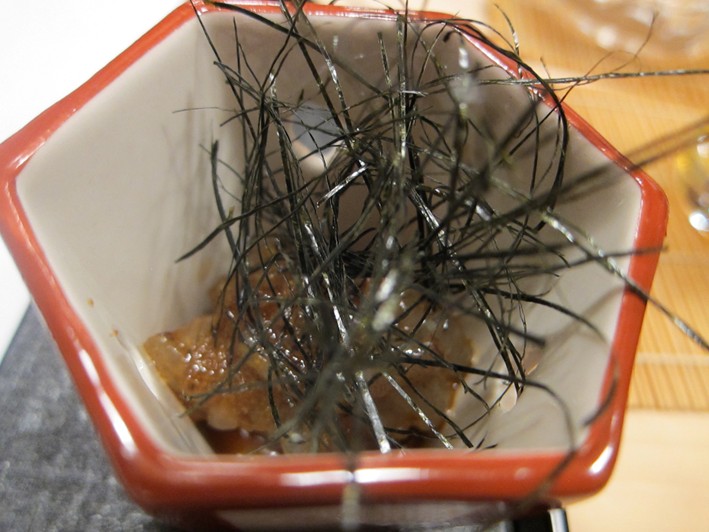
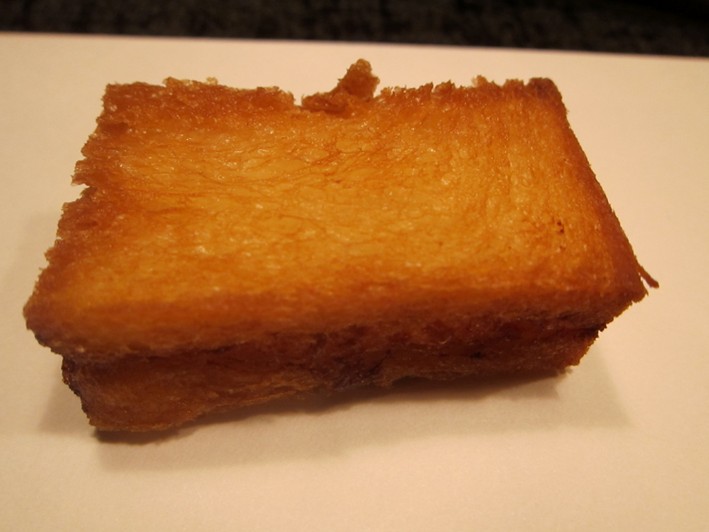
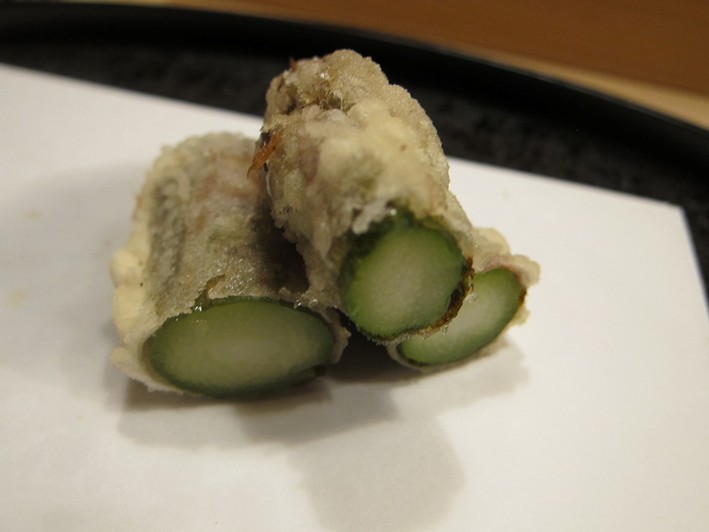
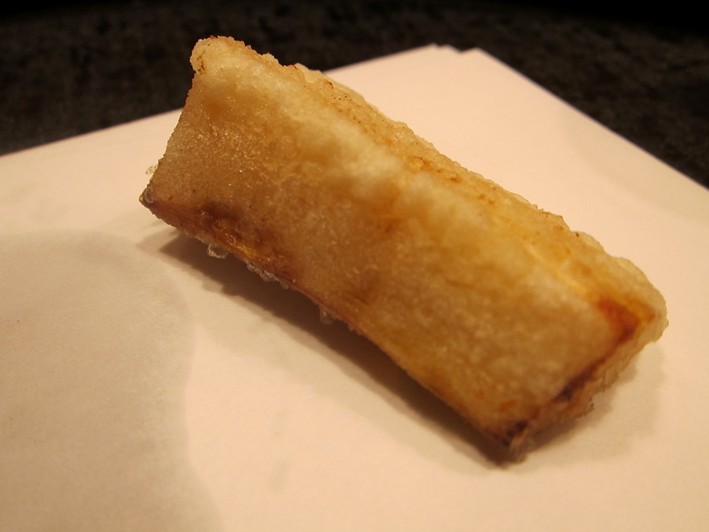
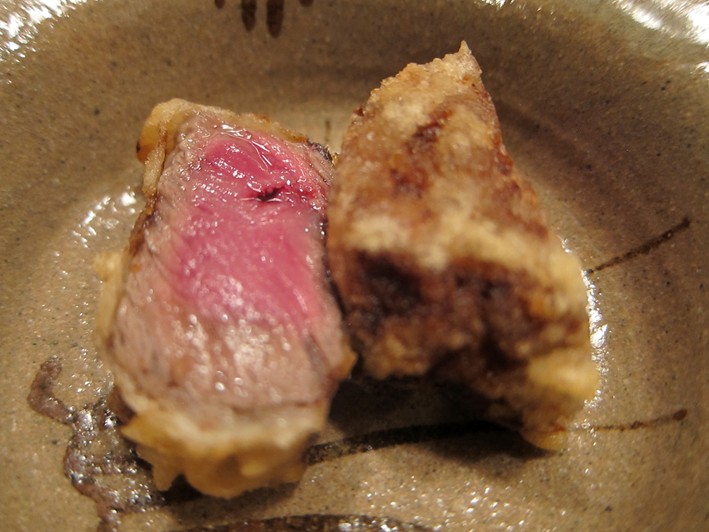

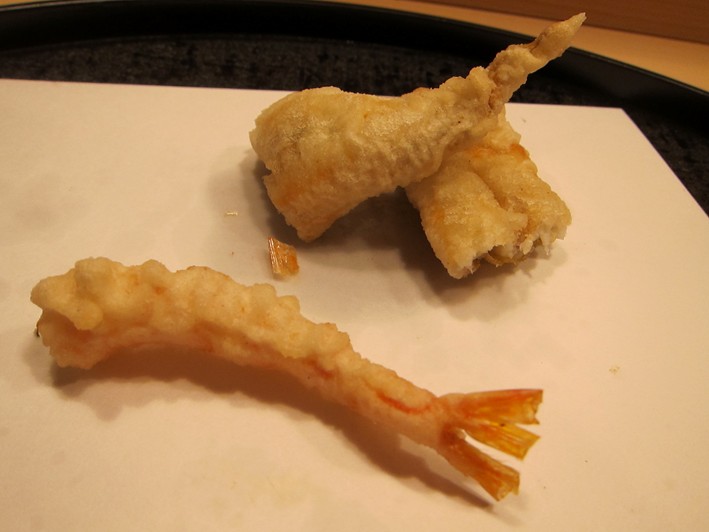
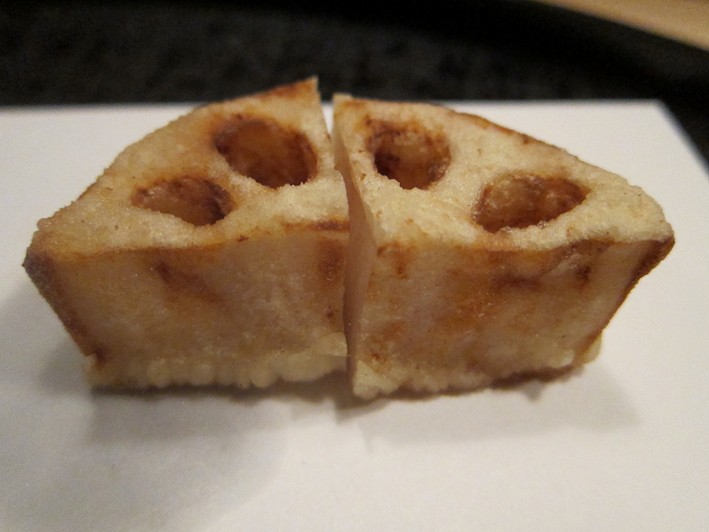
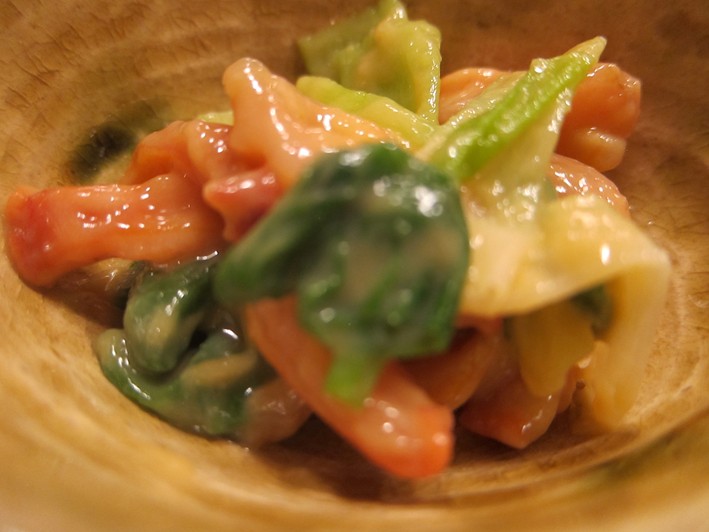
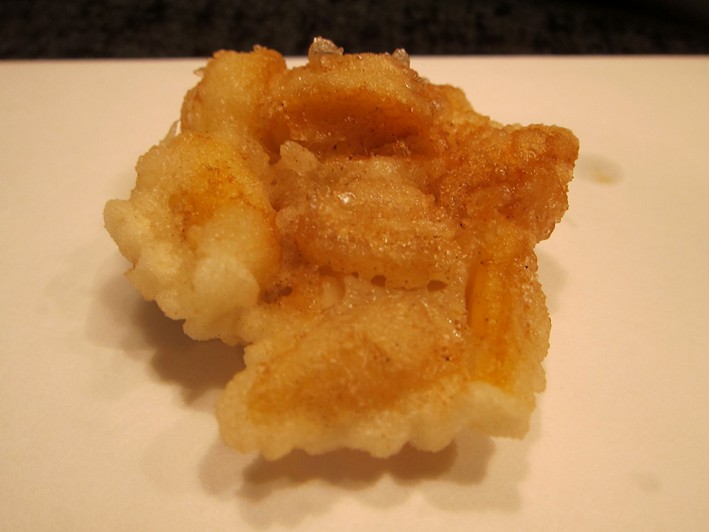
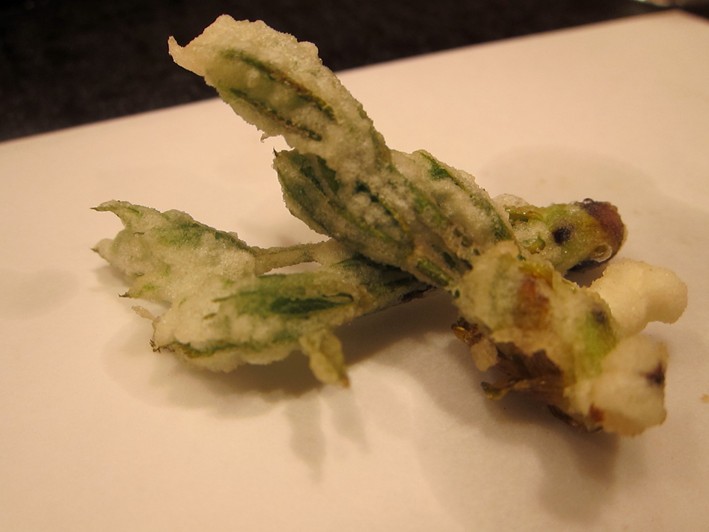
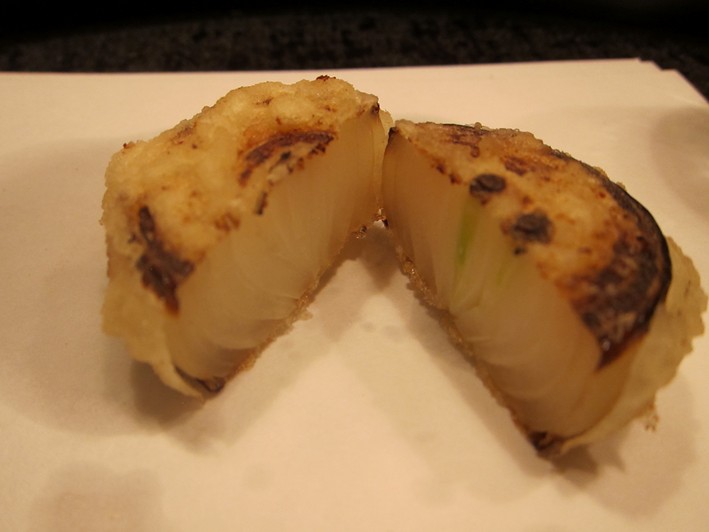

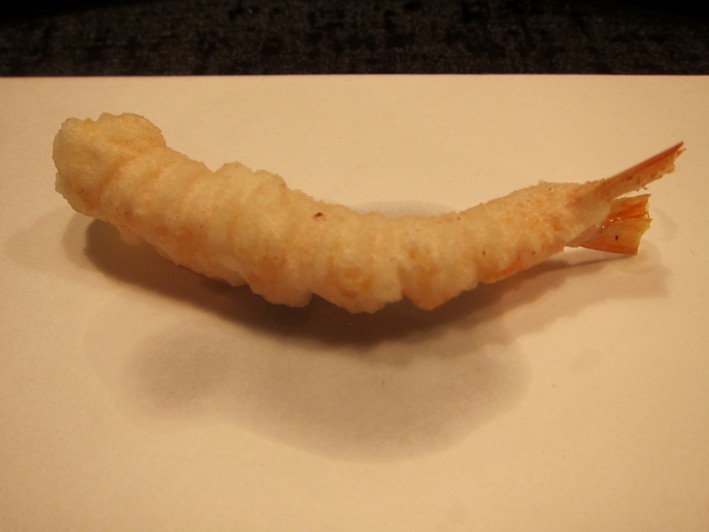
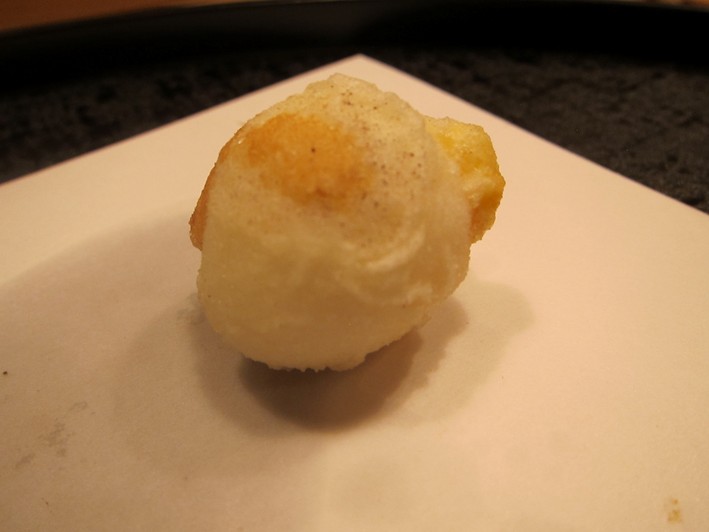

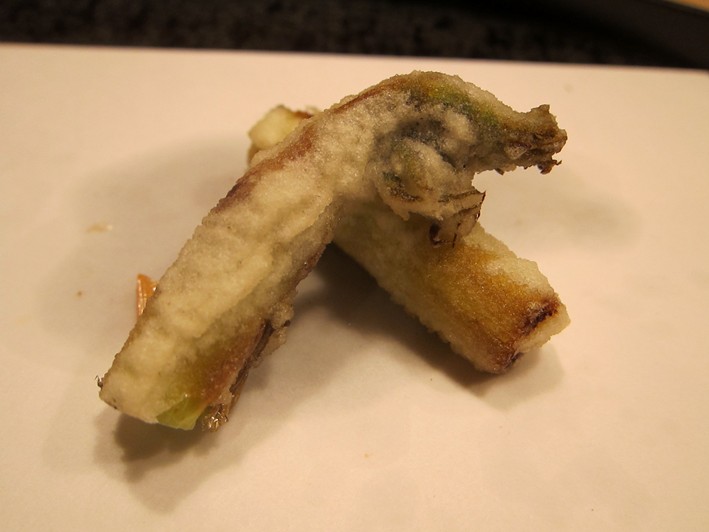

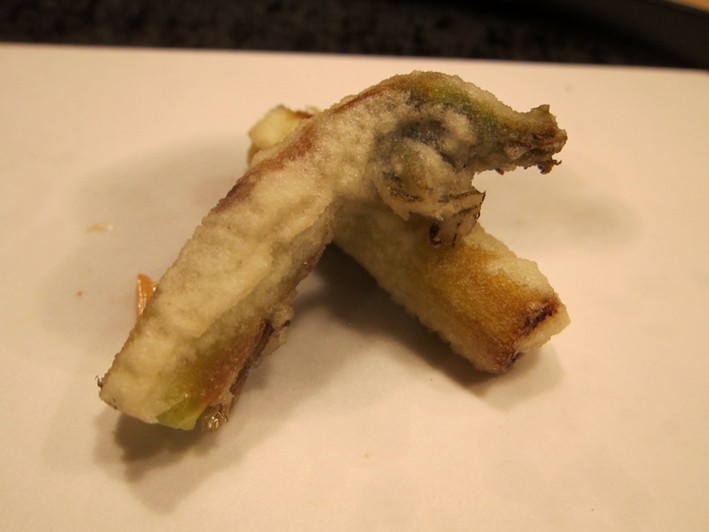
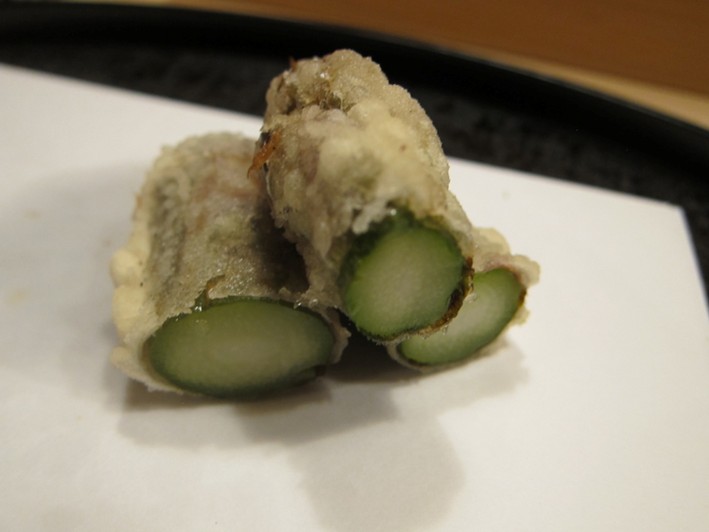
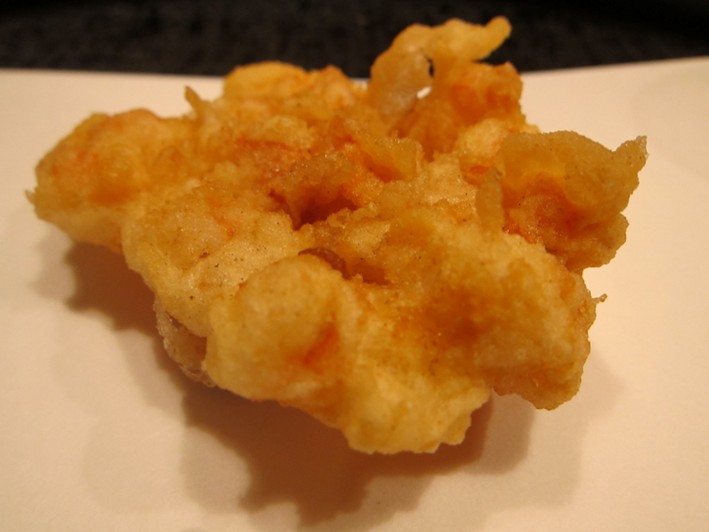
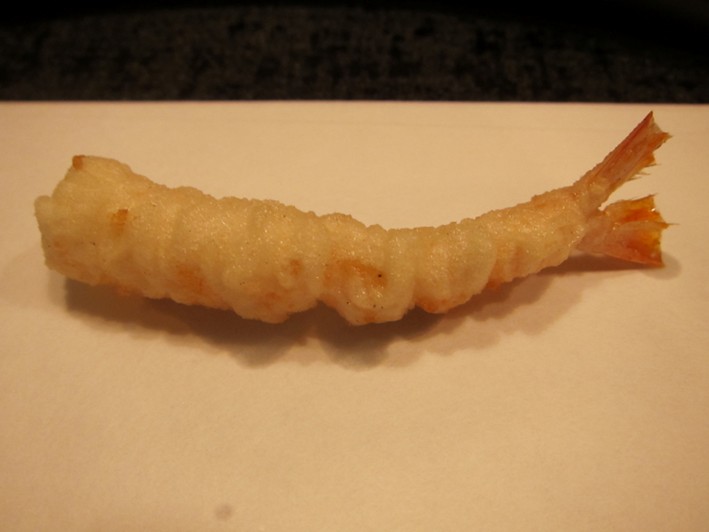
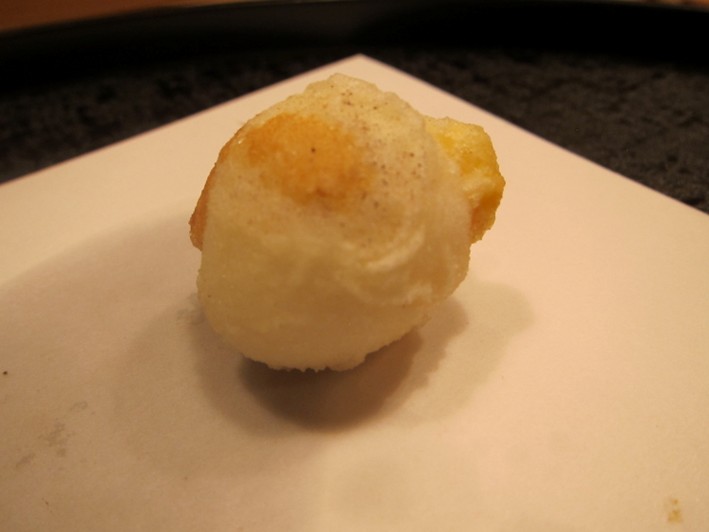
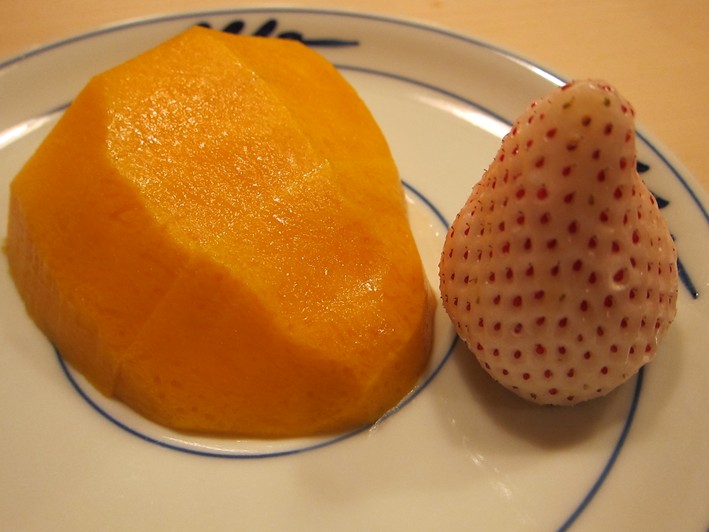


Royal Lichter
Love your commentary on Nanachome. My experience is almost exactly that of yours. I think this remains the best meal I ate on my trip to Japan, perhaps tied with Aronia de Takazawa. Hands down, though, the light, slightly crispy batter, along with the fact that this is true "omakase" style, ensures that everything is served at it's warmest and best. I thoroughly enjoyed the chef's commentary and his wife's wonderful service. No wonder this place was once awarded Three Michelin Stars and still retains two. Aside from spending $425 on Tempura, I think everything was as close to perfect as I can ever imagine.
David Chu
I am glad that you enjoyed kyoboshi nanachome kyoboshi like I did two years ago. I was also skeptical in the 1st place as you did because of its high price. But on that day, my wife and I were the only reservation during the whole lunch period, so I really could enjoy the food more than most of the people who visited there because frankly, the oil is clearer and more healthy so that you could really have a chance to enjoy the true taste of the ingrediant! Also, I always prefer to have kansai style (osaka/kyoto style) tempura, which each piece is just served with lemon and salt, than tokyo style (served with tentsuyu, which I think its a poor combination with tempura, and flavour of the oil is stronger in tokyo style) The kyoboshi is clearly my best kansei style that I have ever tried. Others is not even close!! I also read your comment about Otto e Mezzo. I was regulars there before it was rewarded three stars and I enjoyed the food very much, but to certain extext, I think Apsleys in London, that you recommend me before, have more innovative dishes than Otto e Mezzo. I would like to see michelin would downgrade Otto e Mezzo one or two stars so that I could get the table more easily!! As for Atelier Robuchon in Hong Kong, I have completely no idea why it earns three stars. I think it is a solid one star or two may be. It is perfect casual or business dining place for me.. but for really enjoy the food, I would prefer the one in Macau. Best Regards,
Name unavailable
>> the food element alone was ¥31,000 It sounds like you got a bargain! When i visited in late december, the bill was ¥42,000 for one lunch with no alcohol, despite being quoted ¥36,000 when we made the reservation.